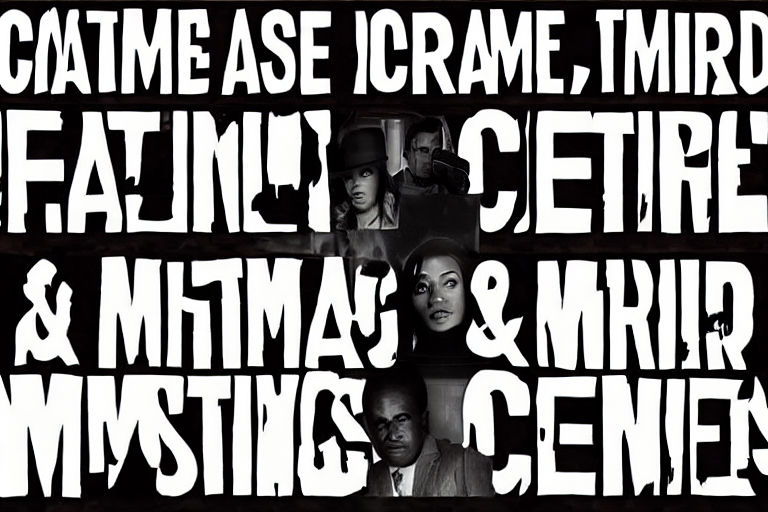All Her Fault: Debunking the Blame Game in Modern Relationships
Understanding the impulse to blame
In heated moments, the urge to assign fault can feel like a shortcut to relief. Saying "it's all her fault" creates a simple narrative: one culprit, one outcome, immediate resolution. But real relationships rarely work that way. Most conflicts emerge from a tangle of actions, reactions, and unspoken expectations. When we label the other person as the problem, we skip over the chance to understand what happened, why it happened, and how to repair it together.
How blame takes root in everyday dynamics
Several factors make blame a recurring pattern rather than a oneoff occurrence:
- Stress and threat to selfesteem trigger defensive thinking, making it easier to point fingers than to tolerate discomfort.
- Communication gaps leave room for misinterpretation. Tone, pacing, and body language can distort intent, turning a criticism into a global accusation.
- Unmet needs and expectations pile up. When one partner feels unheard or unsafe, the urge to blame becomes a protective reflex.
- Past hurts and cognitive shortcuts color current events. The fundamental attribution error can make you see the other’s actions as character flaws rather than contextdriven choices.
Patterns that look like faultand why they fail as explanations
Labeling your partner as "the problem" ignores the shared nature of most relationship challenges. Common patterns include:
- Younever/youalways language that generalizes a single incident into an identity.
- Defensive reactivity: the more you defend, the more the other person doubles down, and the cycle continues.
- Rumor then reality: rumors, assumptions, and selective memory create a skewed version of events.
- Blame as a shield: it protects from vulnerability by avoiding a conversation about needs.
When blame dominates, problemsolving stalls. The focus shifts from “How do we fix this?” to “Who is to blame?”, and the relationship pays the price in trust and closeness.
Breaking the cycle: a practical framework
- Pause and observe. Before responding, name what you’re feeling and identify the exact behavior that sparked it. This creates a concrete starting point rather than a sweeping accusation.
- Own your part with Istatements. Say, for example, “I felt overwhelmed when plans changed without a headsup.” This shifts blame away from the person and onto the situation.
- Express needs, not judgments. Clarify what you need to feel secure, respected, or heard, and invite a shared solution rather than pointing fingers.
- Invite the other person’s perspective. Ask open questions and listen for understanding, not for justification.
- Cocreate a repair plan. Agree on specific steps, timelines, and checkins to prevent the issue from drifting into a pattern.
- Schedule a followup. Revisit the conversation after a set period to assess progress and adjust as needed.
Tools for healthier communication
- I feel statements: “I feel anxious when plans change last minute.”
- Paraphrasing: “So what I’m hearing is you were upset because the plan changed without warning?”
- Specificity: describe observable behaviors, not motivations (“the calendar change” vs “you don’t care about me”).
- Timeouts: when emotions run high, agree to pause and revisit later.
- Checkins: brief, regular conversations about how each person is doing and what’s needed.
When to consider outside support
Some cycles require a neutral facilitator. If blame patterns persist despite attempts to repair, couples therapy or a trained mediator can help you map patterns, improve communication skills, and rebuild trust.
Key takeaways
- Fault is rarely a single person’s trait; most conflicts are cocreated through actions, interpretations, and unmet needs.
- Shifting from blame to accountability opens space for problemsolving and connection.
- Clear communication toolsIstatements, reflective listening, and concrete repair plansreduce defensiveness and increase intimacy.



